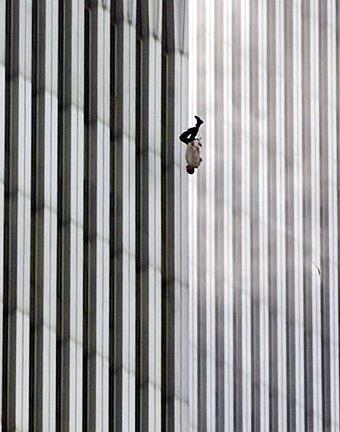
In another world where no one dies, a blind man is smiling.
A fascinating and delightful Borgesian construct upon a classic essay of Borges,
The Library of Babel. Following the abstract is a short excerpt concerning censorship. But I urge you to download the complete "policy".
Information Policy for the Library of BabelJames Grimmelmann, New York Law School
Abstract
The image of Borges's Library of Babel, which contains all possible books, is haunting and suggestive. This essay asks what we would do if we were advising a Federal Library Commission on how to deal with the Library's vast holdings and overwhelming disorganization. This thought exercise provides a set of sensible principles for information policy in an age of extreme informational abundance.
❂
Censorship is usually irrelevant.
Some of the books in the Library are dangerous in themselves: “There is no combination of characters one can make—dhcmrlchtdj, for example—that the divine Library has not foreseen and that in one or more of its secret tongues does not hide a terrible significance.” Others are dangerous because they divert us from the books we seek: “thousands and thousands of false catalogs . . . the proof of the falsity of the true catalog . . . some perfidious version of his own [Vindication].” In the face of these dangers, some “Purifiers” have turned to censorship:
They would invade the hexagons, show credentials that were not always false, leaf disgustedly through a volume, and condemn entire walls of books. It is to their hygienic, ascetic rage that we lay the senseless loss of millions of volumes.
In the abstract, since every book is meaningful to some possible reader, it might seem that purging a volume is an unpardonable crime. But the same considerations that make individual authorship moot also tend to make individual censorship moot. (Destroying a book is just the mirror image of creating one.) The Library endures far above our poor power to add—or detract. As Borges reminds us, in the vastness of the Library, “any deletion by human hands must be infinitesimal” and for any book “there are always several hundred thousand imperfect facsimiles—books that differ by no more than a single letter, or a comma.” Censors who rip a book from our hands have harmed us, to be sure, as have those who burn down so much of the Library as to make appreciably harder the task of finding shelves with books to read. But on the long view, any one person is so insignificantly small when compared with the treasurehouse that is the Library of Babel that a few depredations here and there do not much affect either the availability of any given information or the average librarian’s search through the galleries. (Indeed, if Borges’s final suspicion is correct, and the Library is “unlimited but periodic,” it contains an infinite number of copies of each book, and censorship is infinitesimally irrelevant even within the Library’s holdings of that precise title.)
[ Via
BoingBoing ]
Update: Just found
this via the entertainingly erudite
Language Hat. Be sure to scroll down through the "vast compendium of beautiful library pictures".
 Abbey Library St. Gallen, Switzerland
Abbey Library St. Gallen, Switzerland
Everyone has some kind of place that makes them feel transported to a magical realm. For some people it's castles with their noble history and crumbling towers. For others it's abandoned factories, ivy choked, a sense of foreboding around every corner. For us here at Curious Expeditions, there has always been something about libraries. Row after row, shelf after shelf, there is nothing more magical than a beautiful old library.
We had a chance to see just such a library on our recent visit to Prague. Tucked away on the top of a hill in Prague is the Strahov Monestary, the second oldest monastery in Prague. Inside, divided into two major halls, is a breathtaking library. The amazing Theological Hall contains 18,000 religious texts, and the grand Philosophical Hall has over 42,000 ancient philosophical texts. Both are stunningly gorgeous. Strahov also contains a beautiful cabinet of curiosities, including bits of a Dodo bird, a large 18th century electrostatic device, numerous wonderfully old ocean specimens, and for unclear reasons many glass cases full of waxen fruit. Our delight was manifest.
Shocked into a library induced euphoria, Curious Expeditions has attempted to gather together the world's most beautiful libraries for you starting with our own pictures of Strahov. We hope you enjoy them as much as we do.
❂
cf:
Four Babels from the always stimulating
Giornale NuovoProcesses and Causality by John F. Sowa
The Garden of Forking Paths from The Modern Word
The Borgesian Cyclopaedia





































